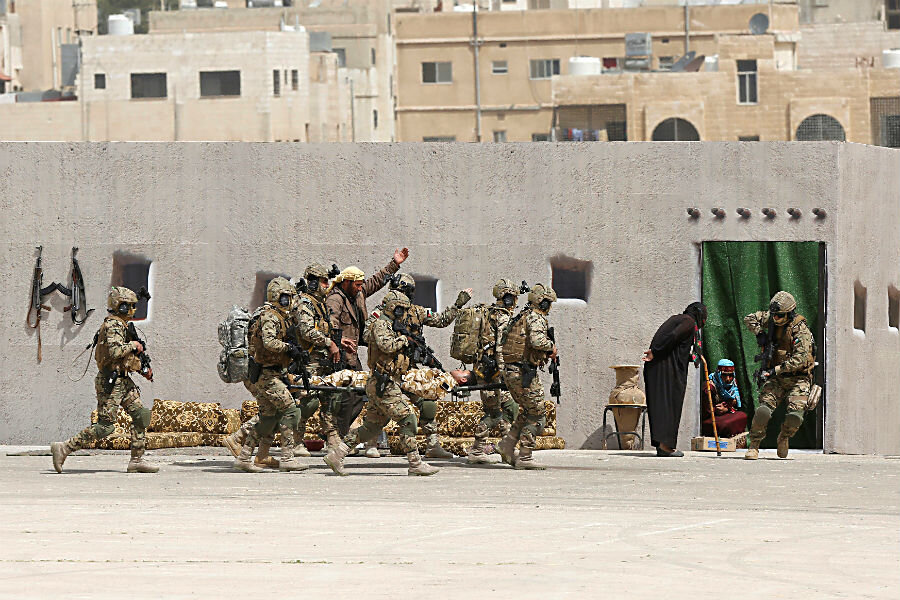Report finds 10-year deterioration in global peacefulness
Loading...
A new report shows increasing conflict and terrorism in the Middle East and North Africa (MENA), as most countries outside that region are becoming more peaceful.
The 2016 Global Peace Index (GPI), issued by the international think tank Institute for Economics and Peace (IEP), highlights a "historic ten-year deterioration in peace," that has occurred since the IEP established the index in 2007. While 81 of the analyzed countries became more peaceful in 2015, declines found in 79 others outweighed the often "record high levels of peacefulness" found in most of the world.
The IEP labeled the MENA region as the "least peaceful region in the world," due to civil wars in Yemen and Syria, the ongoing international campaign against the Islamic State (IS) group, and a continued rise in terrorism and violent crime. In the MENA, only Kuwait and Qatar were ranked at a high state of peace.
European nations maintained high peace grades, while American, Caribbean, and Asian Pacific states showed some improvement. Much of Africa, South Asia, Eurasia, and MENA saw deteriorating peace in 2015. Iceland, Denmark, and Austria saw the highest states of peace in 2015, and Iraq, South Sudan, and Syria the lowest. The United States ranked 103rd out of 163 countries included in the GPI.
The largest drivers of the international peace decline were political instability and the increase of terrorism across 77 countries. Rising levels of displaced people and refugees also reached a 60-year high, and those individuals now account for nearly 1 percent of the global population.
On the other hand, the lessening violence throughout most of the world was driven by peacekeeping funding from the United Nations and marked dips in militarization.
Violence and terrorism stemming from MENA is an ongoing cause for concern in all countries, especially with terror's spread from that region now escalating in historically unaffected places such as Europe. However, the IEP notes that despite the growth of major issues in places like MENA, the world is making progress in reducing violence overall.
"Quite often, in the mayhem which is happening in the Middle East currently, we lose sight of the other positive trends," IEP founder Steve Killelea told Reuters. "If we look in the last year, if we took out the Middle East... the world would have become more peaceful."
While that can be taken as a positive for most of the world, ignoring the major problems faced in places like MENA is not likely to produce global results. This past year, the United Nations set its Sustainable Development Goals aimed at improving all aspects of life around the world, including significant violence reduction by 2030. But that goal may not be met without a focus on the areas in need of most improvement, such as MENA, and a broader scope than simply reducing conflict.
"Quite often as an international community we lose sight of that and try and have a one shoe fits all (approach)," Mr. Killelea said, according to Reuters.
To combat terror, violence, instability, and the other factors that would lead to a more violent world, IEP recommends world powers focus on its Positive Peace framework, targeting "the attitudes, institutions and structures which create and sustain peaceful societies." IEP sees Positive Peace being integrated with all people and countries through eight focal points including functional government, free information, low corruption, equal access to resources, acceptance of others, and more.
"In addition to the absence of violence, Positive Peace is also associated with many other social characteristics that are considered desirable, including better economic outcomes, measures of wellbeing, levels of gender equality and environmental performance," the GPI stated. "In this way, Positive Peace can be thought of as creating an optimal environment in which human potential can flourish."








